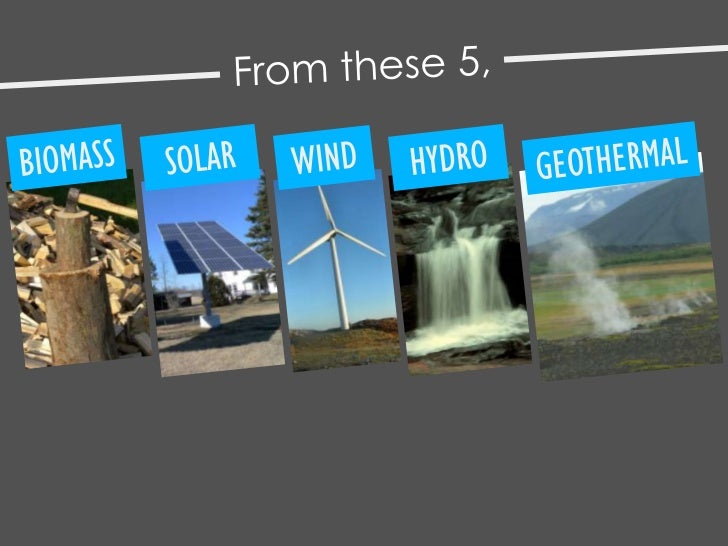Sustainable Energy Solutions for Homesteads
Living on a homestead offers the unique opportunity to embrace a sustainable lifestyle. One crucial aspect of sustainability is energy production. By implementing sustainable energy solutions, homesteaders can reduce their reliance on traditional power sources and minimize their impact on the environment. In this article, we will explore various sustainable energy options that are well-suited for homesteads.
1. Solar Power:
Solar power is one of the most popular and accessible forms of renewable energy for homesteads. It harnesses sunlight through photovoltaic (PV) panels to generate electricity. Installing solar panels is relatively simple and can be done by homeowners themselves or with the help of professionals.
When considering solar power for your homestead, it’s essential to assess your energy needs and determine how many solar panels you’ll require. Conducting an energy audit will give you an estimate of your daily consumption, allowing you to make informed decisions about panel size and placement.
To maximize efficiency, ensure that your solar panels receive adequate sunlight throughout the day by positioning them in areas with minimal shading. Additionally, investing in battery storage systems can allow you to store excess electricity generated during peak sun hours for later use when there’s less sunlight available.
2. Wind Power:
Wind turbines are another viable option for generating renewable energy on a homestead, especially if it experiences consistent wind patterns throughout the year. These turbines convert kinetic wind energy into electricity using rotating blades connected to generators.
Before installing a wind turbine, conduct thorough research regarding local zoning regulations and any permits or licenses required in your area. You should also consider factors such as average wind speed, available space, noise considerations, and potential impacts on wildlife.
It’s important to note that wind turbines are more suitable for larger properties due to their height requirements and potential disturbance caused by blade movement in urban or densely populated areas.
3. Micro-Hydro Systems:
If you have access to running water, a micro-hydro system can offer a reliable and consistent source of renewable energy. This system harnesses the power of flowing or falling water to generate electricity.
To set up a micro-hydro system, you’ll need a steady water source such as a stream or creek on your property. The amount of electricity generated depends on the flow rate and vertical drop of the water. A turbine is used to convert the kinetic energy from the flowing or falling water into electrical energy.
Micro-hydro systems require careful planning and design to ensure maximum efficiency. It’s recommended that you consult with professionals who specialize in this form of renewable energy before embarking on installation.
4. Biomass Energy:
Biomass refers to organic materials like wood chips, agricultural waste, or dedicated crops that are used for fuel production. Biomass energy systems burn these materials to produce heat, which can then be converted into electricity or used directly for heating purposes.
If your homestead includes forested areas where trees are periodically thinned out for fire prevention purposes or due to natural processes, utilizing biomass heating systems can be an efficient way to utilize this resource sustainably.
Wood-burning stoves and pellet boilers are commonly used biomass heating options for homes and small-scale applications. They offer an environmentally friendly alternative compared to fossil fuels while providing warmth during colder months.
5. Geothermal Energy:
Geothermal energy utilizes heat stored within the Earth’s crust to generate power efficiently. This sustainable option relies on tapping into underground reservoirs of hot water or steam through geothermal power plants.
While implementing large-scale geothermal systems might not be feasible for smaller homesteads, ground-source heat pumps (GSHP) offer an excellent alternative solution for residential spaces. GSHP uses stable ground temperatures as a medium for transferring heat between your home and the earth throughout different seasons.
By circulating fluid-filled pipes belowground, excess heat is transferred from your home during summer months and returned during colder periods. This process significantly reduces the need for traditional heating and cooling methods, leading to significant energy savings.
In conclusion, sustainable energy solutions offer a multitude of benefits for homesteads, including reduced reliance on traditional power sources, lower utility bills, and a smaller ecological footprint. Whether it’s harnessing solar or wind power, utilizing micro-hydro systems, adopting biomass energy options, or implementing geothermal heat pumps – each method can contribute to creating a more sustainable future on your homestead. Remember to conduct thorough research and seek professional advice before investing in any renewable energy system to ensure optimal efficiency and long-term success.


Leave a comment